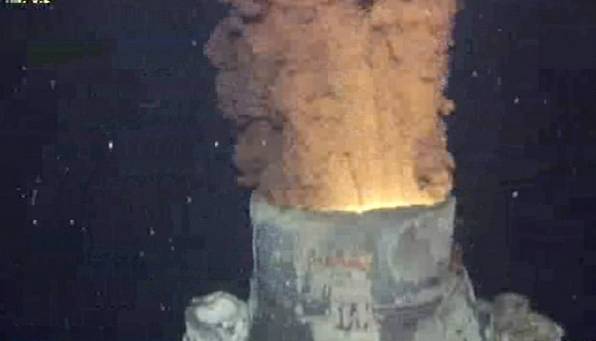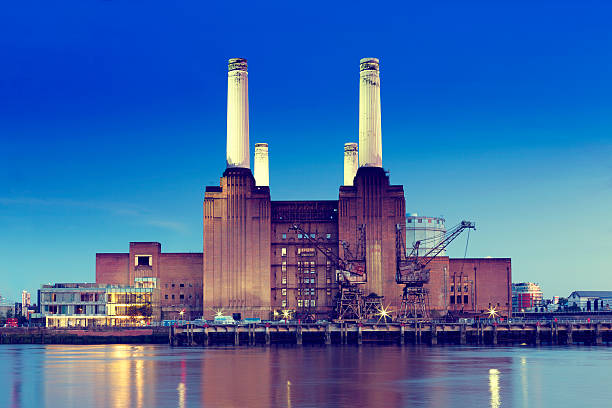
BP has announced it has fitted a larger, tighter containment cap on the ruptured Gulf of Mexico wellhead that has been leaking oil since the Deepwater Horizon explosion in April.
The company will test the new cap's internal pressure shortly by closing its valves. If successful, the company hopes the new cap will stem the flow until more permanent measures can be taken.
The new cap-and-seal stack, which has been bolted over the top of the wellhead rather than clamped loosely over it, is designed to capture three times more leaking oil—virtually the entire flow—which amounts to around 50,000 barrels a day. It is also said to be resilient to the hurricane season.
If the cap works, the siphoning of oil to ships on the surface will resume until the ruptured well can be permanently plugged. The company does not expect this to happen before mid-August, at which point it hopes to have intercepted the rupture point with one of two relief wells currently being drilled.
The rupture point lies one mile, or 1,600 metres, beneath the surface. BP will have to finish the relief well at an even greater depth so it can pump heavy drilling fluid and then cement to permanently plug the leak.
In a statement, BP said: “It is expected, although cannot be assured, that no oil will be released to the ocean for the duration of the test. This will not however be an indication that flow from the wellbore has been permanently stopped.”
The statement went on to say: “The sealing cap system never before has been deployed at these depths or under these conditions, and its efficiency and ability to contain the oil and gas cannot be assured.”
BPhas used 46,000 staff and 6,400 ships so far in the clean-up effort. The company says it has gathered around 749,100 barrels of oil from the various containment systems in place around the well so far.
The company also says it has spent $3.5 billion (£2.3 billion) on the response effort so far. It has set aside an additional $20 billion fund to pay for the clean-up operation and other costs.
The company's share price rose by around five per cent yesterday as hopes for a solution increased.













